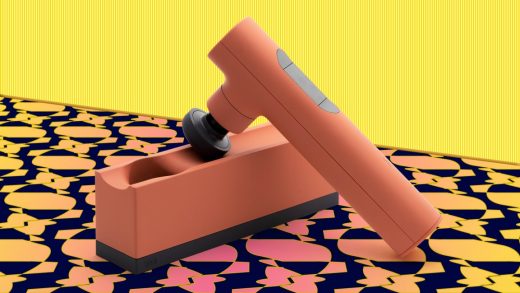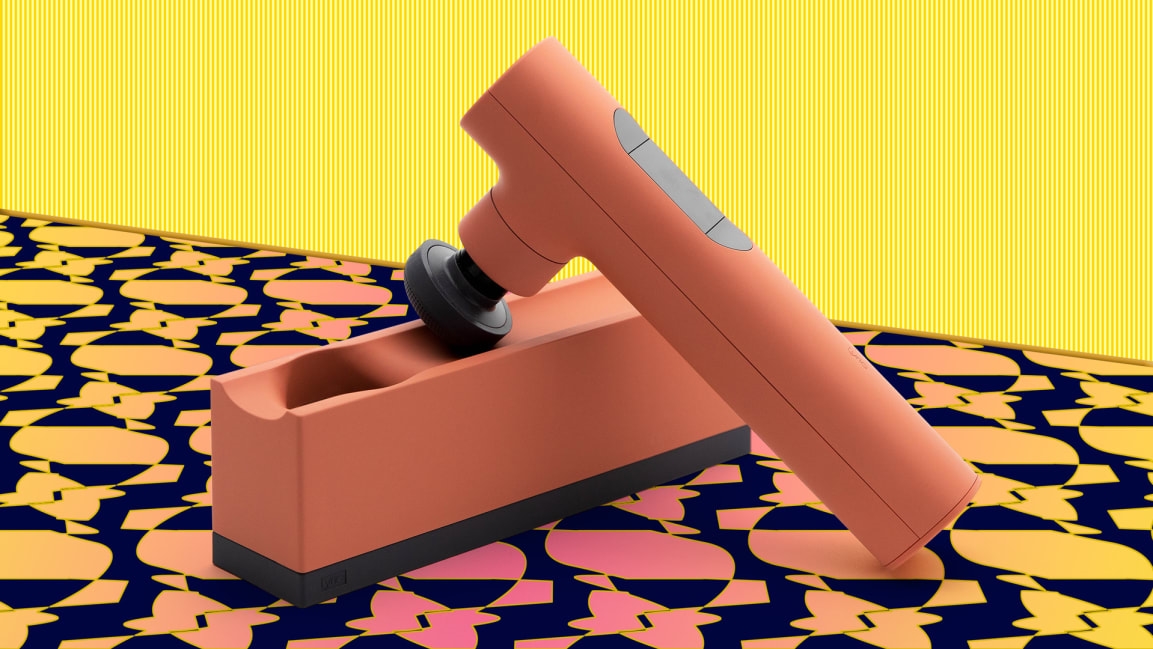This smart massage gun knows exactly what your body wants
Are all percussion massagers created equal? Of course not—at least not if you ask the big-name brands in the market. They boast repetitions per minute in the thousands, show off their motors, and emphasize power, speed, and force. They were called massage guns, but now often deemed percussion therapy devices.
But sometimes, it doesn’t feel like these machines are made for everybody. At least not for me. While effective—and trust me, I’ve tried them all—they aren’t necessarily what I am looking for when I have aches and pains and don’t know why. I’m not an athlete, but I do have miserable carpal tunnel and tight calves due to a foot injury. I like percussive therapy, but I want it to be less “recovery after an Ironman” and more “zen out on the sofa.” And that’s why I fell in love with Lyric’s $199 percussion massager.
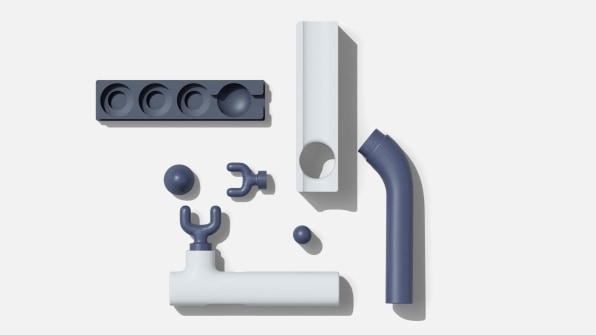
Lyric, which launched last September, subverts what I’ve grown accustomed to anticipating from other percussion massage devices. It’s slender and lightweight, comes in pretty colors like terracotta and slate blue, and likes to say things like, “wellness harmonized.” The brand’s messaging focuses on what it calls “Rhythm Therapy,” based on vibro-acoustic science—a therapeutic method that suggests that when the body absorbs sound-produced vibration, it can reduce stress and pain (TBD, TBH). That said, the device’s mechanisms are largely the same as other devices—it comes with multiple heads that circulate between 1000 to 4700 repetitions per minute, as an oscillating wave of vibrations is said to have bigger benefits.
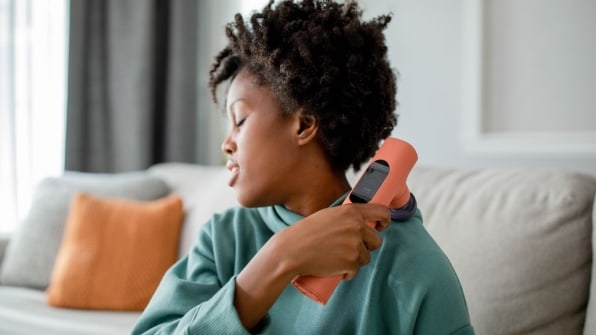
Also, it looks nice. “We wanted to create a brand that instills healthy habits,” says Lyric cofounder and Chief Experience Officer Hugh Williams. “If it’s [stored] in a closet or a drawer, it’s not very helpful. It’s designed to display.”
The device comes with a slim, rectangular charging station, allowing it to sit on the edge of my desk with a minimal footprint. Having the Lyric next to my aching mouse hand reminds me to take a break and give my neck and forearms a quick session once my body begins to seize up midway through the day.
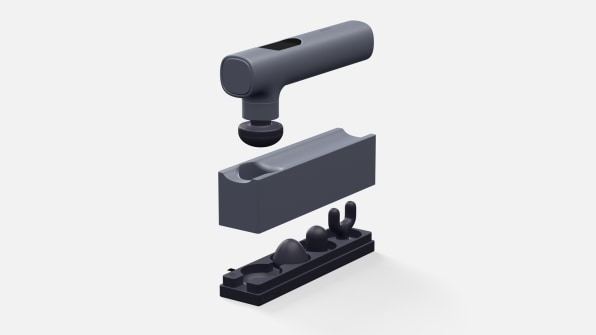
Foresight seems to be the Lyric‘s strong point: the device features a small color touchscreen that guides users through different massage experiences, including Relax, and Four Corners, echoing the hip and shoulder-opening yoga stretch. With a tap, the unit cycles through animated illustrations that show where on your body to put the device and pinging when it’s time to move onto the next step.
“People craved guidance,” Williams says, noting the brand plans to continue to roll out new experiences to the units via firmware updates. (The Lyric has an accompanying app and connects to Wi-Fi.) There’s also the option just to let it buzz at a range of intensities, allowing you to work tight trapezius and hamstring muscles to your heart’s desire. The device also comes with four massage heads and an extension handle, allowing you to get achy muscles in the center of your back without causing new achy muscles in your shoulder.
I like to use the hands and arms guided session, which sends vibrations into my palms and up and down my wrist and forearms, over where I suspect that aching compressed nerve is nestling. It’s extremely comforting and takes roughly five minutes before I can get back to tapping away on my keyboard without pain. I’m not sure if that qualifies as the type of emotional shift the Lyric promises—but I’ll take it.
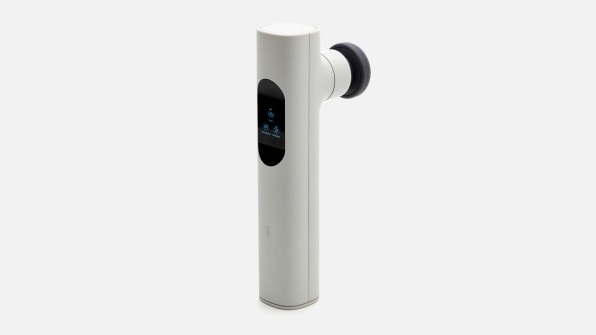
(27)

